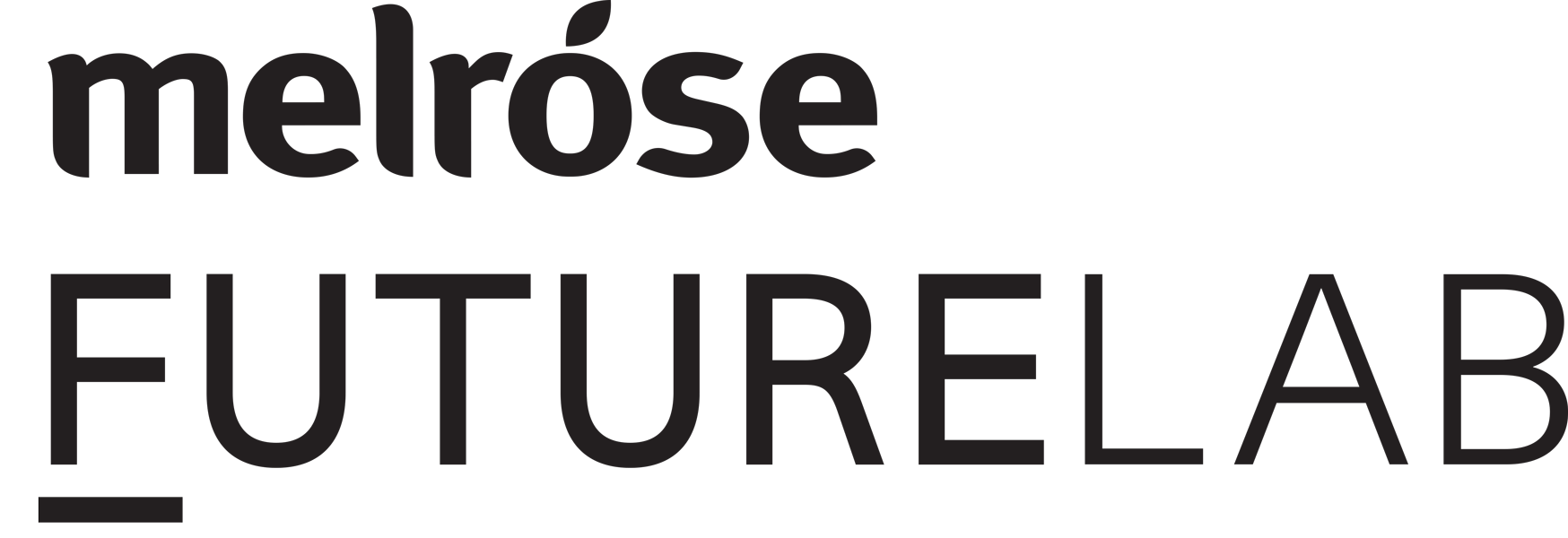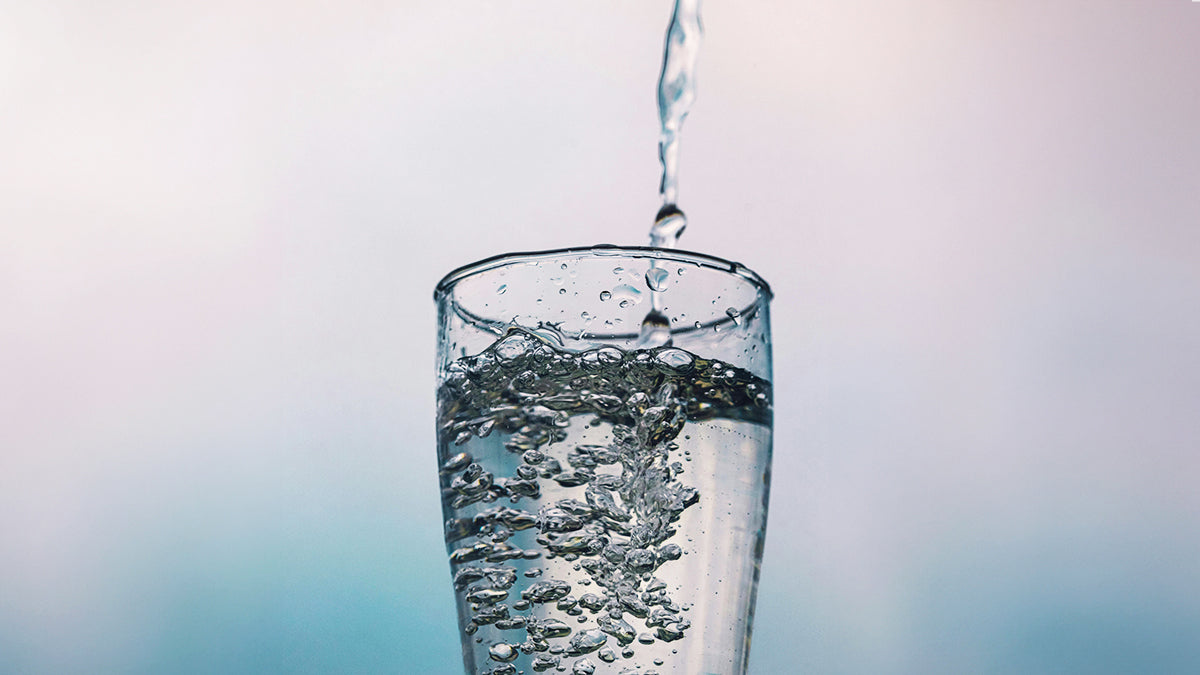Hydration is a fundamental aspect of maintaining overall health and wellbeing. Drinking enough water is crucial for many body functions, including normal cellular function, temperature regulation, joint lubrication, nutrient transport, digestive health, cognitive function, kidney function, skin health, energy levels, sleep quality, cognition, and mood.
As we age, our bodies undergo physiological changes that can influence hydration requirements. Therefore, understanding and adapting hydration strategies based on age is crucial for promoting optimal health and preventing dehydration-related complications.
In this article, we'll explore the unique hydration needs at different stages of life and provide practical tips to ensure adequate fluid intake.
Infancy and Early Childhood: Laying the Foundation
Breastfeeding or Formula Feeding:
For infants, the primary source of hydration is breast milk or formula. Both provide essential fluids, electrolytes, and nutrients crucial for growth and development, but breast milk ideally meets all the nutritional needs of infants. It contains an ideal balance of carbohydrates, proteins, and fats, along with essential vitamins and minerals. The composition of breast milk changes dynamically to adapt to the baby's evolving nutritional requirements. Breast milk adapts to the changing needs of the baby, supplying the perfect balance of hydration and nutrition.
Optimisation Tip: Ensure frequent breastfeeding or formula feeding based on the infant's cues. Newborns typically feed every 2-3 hours. Monitoring wet diapers is a reliable indicator of hydration.
Introduction of Solid Foods:
When introducing solid foods, it's appropriate to offer small sips of water with meals. However, during this transition period, the emphasis should still be on breast milk or formula as the primary source of nutrition and hydration. As babies start to experiment with drinking from a cup, you can introduce a small amount of water in an open cup. This helps babies develop their motor skills and learn to sip rather than suck. Begin with a few sips of water during meals and gradually increase the amount based on your baby's interests and needs. Continue to offer breast milk or formula as the main source of nutrition.
Optimisation Tip: Offer sips of water with meals and snacks. Gradually introduce a variety of hydrating foods like fruits and vegetables with high water content.
Childhood to Adolescence: Building Healthy Habits
Encouraging Water Intake:
As children grow, their activities become more energetic, and their bodies require increased hydration. Encouraging the habit of drinking water is essential.
Young children aged 1 to 3 years generally need about 4 cups (1 litre) of water per day. This includes water from all sources, such as beverages and food. It's important to offer water throughout the day, especially during meals and snacks.
Children aged 4 to 8 years typically need about 5 cups (1.25 litres) of water per day. Encourage regular sipping of water throughout the day and be mindful of physical activity levels and environmental conditions that may increase the need for hydration.
Optimisation Tip: Provide a reusable water bottle and set a good example by making water the beverage of choice. Water infusions can make it more appealing.
Monitoring Physical Activity:
Children and adolescents engaged in sports or physical activities need extra attention to hydration due to several factors associated with increased physical exertion, heat production, sweating, electrolyte balance, and fluid loss. Proper hydration is essential to support their overall health, athletic performance, and safety.
Optimisation Tip: Encourage regular water breaks during physical activities. Electrolyte formulas that contain sodium, potassium, magnesium, calcium, and chloride may be appropriate for prolonged, intense exercise.
Adulthood: Balancing Work and Wellness
Understanding Daily Fluid Requirements:
Hydration requirements for adults can vary based on factors such as age, sex, body weight, physical activity level, climate, and overall health. In Australia, the recommended Adequate Intake (AI) for total water (both fluids and food sources) are set by the National Health and Medical Research Council (NHMRC). Here, are the general recommendations for total daily water intake for adults:
Men: About 3.4 litres of total water per day, including fluids obtained from beverages and food.
Women: About 2.8 litres of total water per day, including fluids obtained from beverages and food.
Factors that may increase individual hydration needs include physical activity, climate, pregnancy and breastfeeding, and illness or medical conditions.
To help gauge individual hydration needs, consider the following tips:
- Thirst: Listen to your body's signals. Thirst is a natural indicator that it's time to drink water.
- Urine Colour: Pale yellow urine is generally a good indicator of adequate hydration. Dark yellow or amber urine may suggest dehydration.
- Physical Activity: Increase fluid intake during and after physical activity to replace fluids lost through sweating.
- Climate: In hot and humid conditions, increase fluid intake to account for increased sweat rates.
- Medical Conditions: Individuals with certain medical conditions, such as kidney stones or urinary tract infections, may require specific hydration recommendations from healthcare providers.
Optimisation Tip: Calculate individual fluid requirements based on factors like body weight (about 30-35 ml per kg) and adjust for physical activity and climate conditions.
Incorporating Hydrating Foods:
Hydrating foods play a significant role in maintaining proper hydration levels because they contain a high water content, along with essential nutrients and electrolytes. While beverages like water are crucial for hydration, consuming hydrating foods contributes to overall fluid intake and provides additional health benefits including high water content, electrolytes, nutrient density, improved absorption, and appetite regulation.
Examples of hydrating foods include:
- Watermelon
- Cucumbers
- Celery
- Strawberries
- Oranges
- Pineapple
- Lettuce
- Tomatoes
- Coconut water
Optimisation Tip: A good electrolyte formula that contains the right balance of sodium, potassium, magnesium, calcium, and chloride can be beneficial for hydration, especially in situations where there is increased fluid loss, such as during intense physical activity, hot weather, or illness. Electrolytes are minerals with an electric charge, including sodium, potassium, calcium, magnesium, chloride, phosphate, and bicarbonate. They play a crucial role in maintaining fluid balance, nerve function, and muscle contractions in the body.
Older Adults: Navigating Challenges
Age-Related Changes:
Hydration can become more challenging in older adults due to a combination of physiological, behavioural, and social factors. As individuals age, there are changes in the body that can impact fluid balance and hydration status including reduced thirst sensation, decreased kidney function, changes in body composition, certain medications, inability to recognise cues, impaired thermoregulation, and reduced fluid reserves.
Furthermore, as individuals age, changes in physiology, medications, and the presence of certain health conditions can impact electrolyte balance. Maintaining an optimal electrolyte balance is especially important for older adults as it is responsible for fluid balance, nerve function, muscle contraction, heart function, bone health, kidney function, acid-base balance, and cognitive function.
Given these challenges, caregivers, healthcare professionals, and older adults themselves need to be proactive in promoting hydration. Strategies to address these challenges may include:
- Encouraging regular water intake, even in the absence of strong thirst signals.
- Providing water in accessible and convenient locations.
- Monitoring medications and discussing potential hydration-related side effects with healthcare providers.
- Including hydrating foods with high water content in the diet, such as fruits and vegetables.
- Educating older adults about the signs of dehydration and the importance of staying adequately hydrated.
- Using reminders or establishing routines to prompt regular fluid intake.
- Ensuring that older adults have the means to stay cool in warm weather to prevent excessive fluid loss through sweating.
Optimisation Tip: Older adults should be proactive in staying hydrated. Set a schedule for regular fluid intake, even if not feeling thirsty, and discuss medication effects on hydration with healthcare providers.
Recognising Dehydration Signs:
Being aware of signs of dehydration is crucial for all age groups. Common signs and symptoms include thirst, dark yellow urine, reduced urination, dry mouth, dry skin, fatigue, weakness, dizziness, light-headedness, headaches, rapid heart rate, shallow breathing, strong urine odour, confusion, and irritability.
Optimisation Tip: Educate individuals on recognizing dehydration symptoms and taking prompt action. Seek medical attention if severe symptoms occur.
Electrolytes
Electrolytes play a crucial role in hydration by helping to maintain fluid balance, supporting nerve and muscle function, and contributing to various physiological processes in the body. Electrolytes are minerals with an electric charge, including sodium, potassium, calcium, magnesium, chloride, phosphate, and bicarbonate. Here are the key roles that electrolytes play in hydration:
- Fluid Balance: Electrolytes, particularly sodium and potassium, are essential for maintaining the balance of fluids within and outside of cells. This balance is crucial for preventing dehydration and ensuring proper cellular function.
- Osmotic Pressure: Electrolytes contribute to osmotic pressure, which regulates the movement of water between the inside and outside of cells. This helps maintain correct fluid balance and cell integrity and function.
- Nerve Function: Sodium and potassium are critical for the transmission of nerve impulses. Nerve cells rely on the movement of these electrolytes across cell membranes to generate electrical signals. Proper nerve function is essential for communication between cells and tissues.
- Muscle Contraction: Calcium, sodium, and potassium are key electrolytes involved in muscle contraction. The coordinated movement of these electrolytes is necessary for muscle contraction and relaxation. Imbalances can lead to muscle cramps, weakness, or spasms.
- Heart Function: Electrolytes, especially sodium, potassium, calcium, and magnesium, play a crucial role in maintaining the electrical conductivity of the heart. This is essential for regulating heart rhythm and preventing arrhythmias.
- Acid-Base Balance: Electrolytes contribute to maintaining the body's acid-base balance. Proper pH levels are crucial for the function of enzymes and other biochemical processes.
- Fluid Absorption in the Intestines: Sodium and chloride play a role in the absorption of water in the intestines. This process is important for maintaining hydration and preventing diarrhea-induced dehydration.
- Kidney Function: The kidneys regulate the balance of electrolytes in the body by filtering and excreting them in urine. Sodium, potassium, and other electrolytes are reabsorbed or excreted to help regulate fluid and electrolyte balance.
- Sweat Composition: Electrolytes are lost through sweat during physical activity or exposure to heat. Replenishing these lost electrolytes, particularly sodium and potassium, is important for preventing dehydration and maintaining performance.
- Hydration Status: Electrolyte levels in the body can influence the sensation of thirst. Thirst is a natural mechanism that encourages fluid intake to maintain proper hydration.
Conclusion: A Lifelong Commitment to Hydration
Optimising hydration across the lifespan is a multifaceted commitment that involves understanding changing needs at different stages of life. From infancy to older adulthood, hydration plays a pivotal role in maintaining health, supporting bodily functions, and preventing complications associated with dehydration. By incorporating these age-specific strategies, individuals can make informed choices to ensure they stay adequately hydrated and promote overall well-being throughout their lives.
Written by, Danny Urbinder.




Leave a comment
This site is protected by hCaptcha and the hCaptcha Privacy Policy and Terms of Service apply.